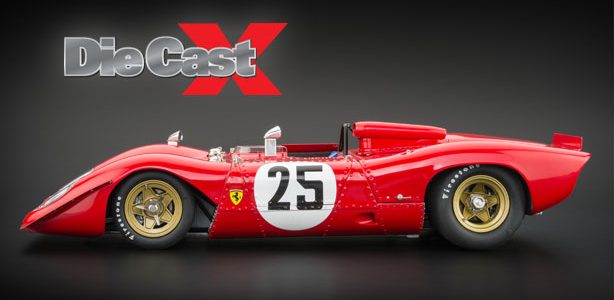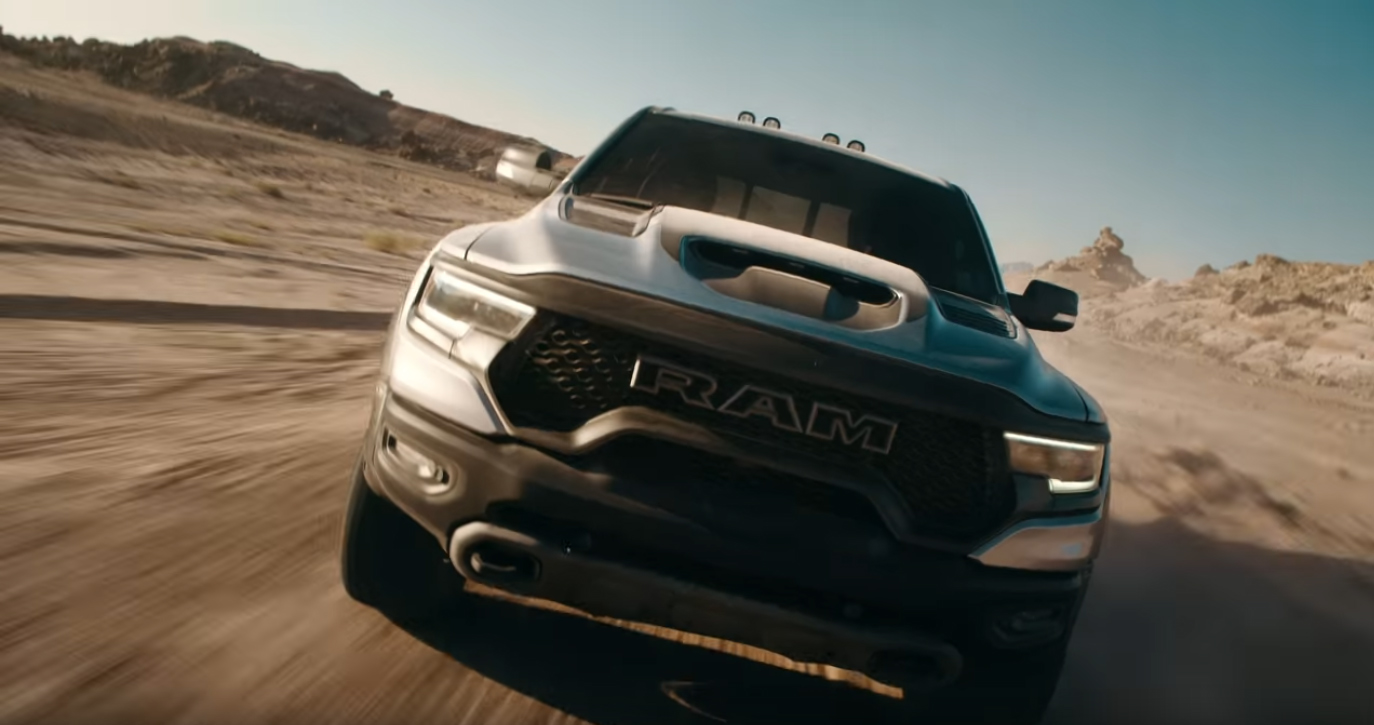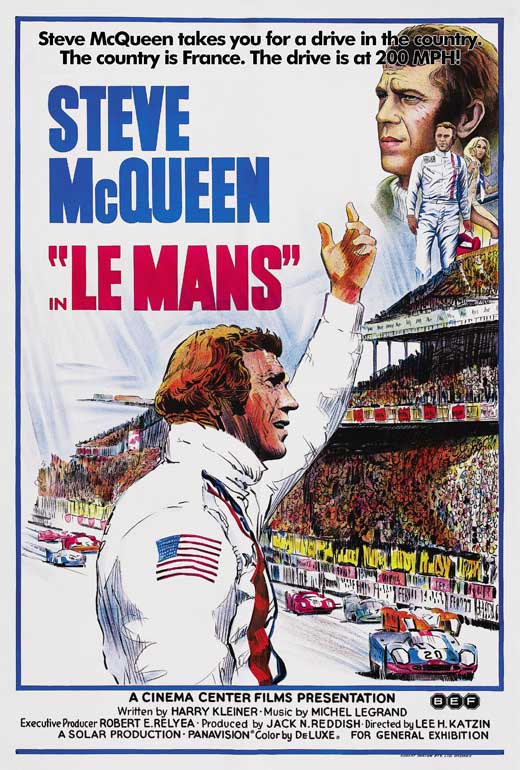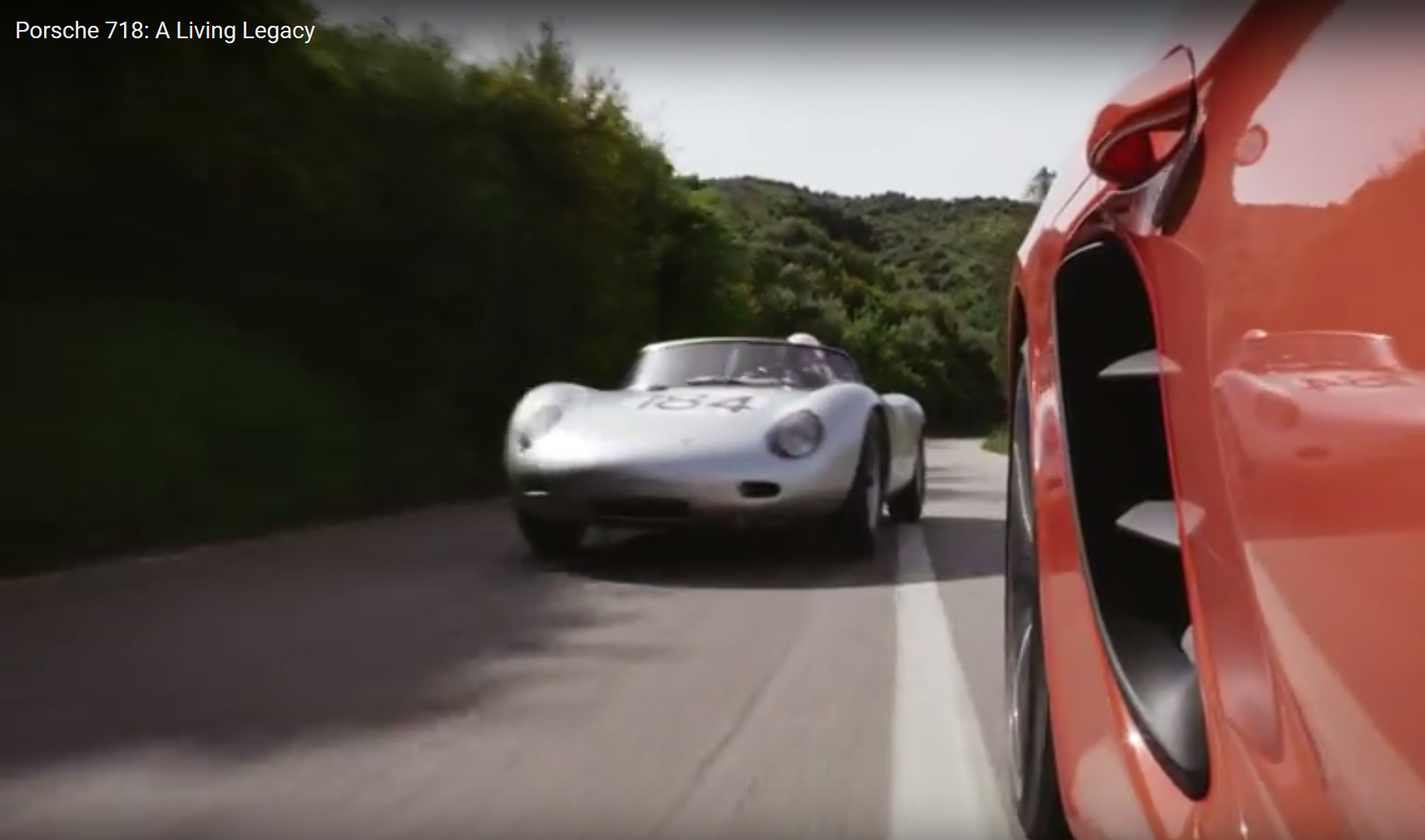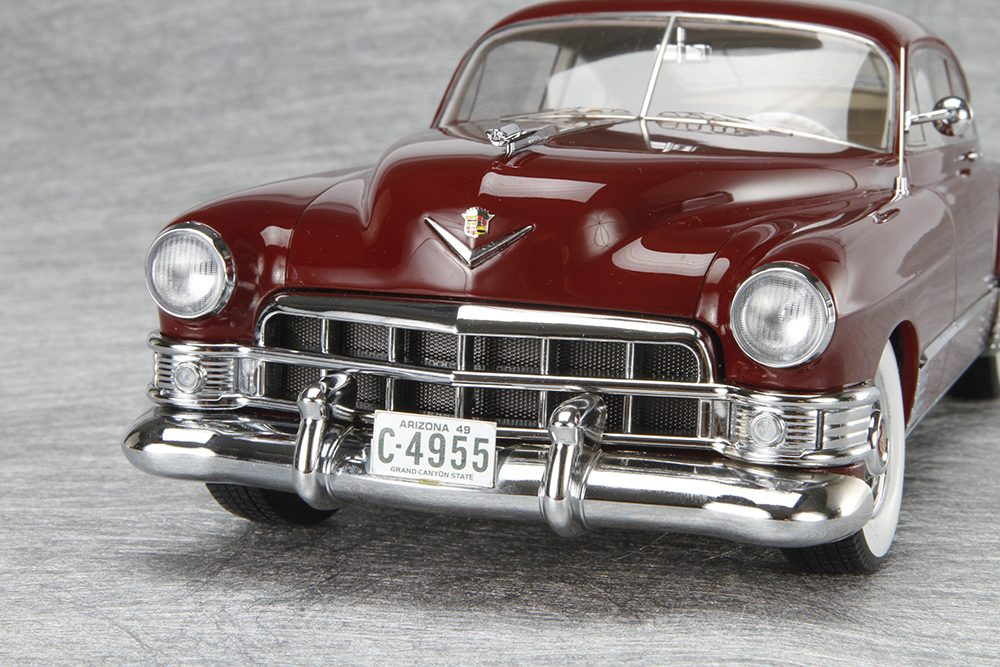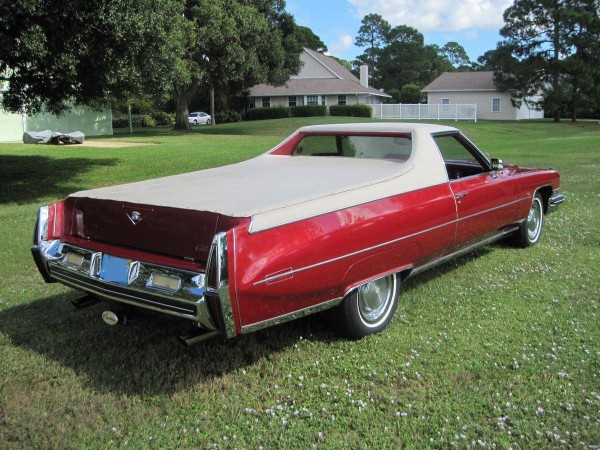![]()
 |
There are two great all-American motorsports: NASCAR and drag racing. Although their paths briefly intertwined, each has taken a different approach to gaining commercial success and fan support. Both have had their share of personalities, but it is drag racing that has supplied more drivers that have captivated enthusiasts’ imaginations. And within that group, none has more star power than John Force.![]()
“Drag racing is my passion. I like it because anyone can put on a helmet and be a part of the sport.” John Force has come a long way since his formative days in the 1960s as confident high school football quarterback from Bell Gardens, California. Bell Gardens is similar to dozens of other Los Angeles suburbs with its rows of track homes, strip malls, supermarkets, schools and parks. It was here that Force first made his mark in racing. “I was 16 when I bought my first car. It was 1966, and the car was a 1964 Ford Fairlane. It was a six-cylinder with a three-speed on the column. I got a hold of a Ford Interceptor motor from a cop car and put it in it with a Muncie four-speed transmission. On the first day, I went out, smoked the tires and left the rear end on the ground. That was my big kickoff,” John recalled with characteristic robust enthusiasm. ![]()
Although Force grew up in a conservative, working-class environment, racing wasn’t an activity that was unfamiliar to the Force family. Although John’s father was more into cheap cars and saving money, John’s uncle, Gene Beaver, was an accomplished local racer, and it was he who gave John his first push toward racing. “I’d go to Lion’s [Lion’s Drag Strip] and watch my uncle and cousins race dragsters. My uncle Gene built and drove the L.A. Hustler. That was a real famous car. When I started racing, it was Don Prudhomme and Tom The Mongoose’ McEwen that motivated me. I had the Hot Wheels cars and suchwish I still had them now; they’re priceless.” ![]()
John’s first real race car was something short of spectacular. “When I was 19, I bought my first funny car. I got it from Jack Chrisman. It was a Sidewinder, rear-engine car with a Ford SOHC engine under a Ford Mustang Mach 1 body. I went 180 miles per hour in seven seconds. To me, that was fine: never qualified for a race; never got to a real race
only tested itwent broke, ended up selling it. Hey, I was only a kid.” ![]()
A few years later, Force, now a husband and father, scraped together enough cash to purchase a Vega funny car from his uncle. Force, however, didn’t have a professional driver’s license, a sponsor ,or a real understanding of how to make a living as a drag racer. Taking a chapter from marketing innovators such as Tommy Ivo and Tom McEwen, Force schemed to do a winter tour of Australia. To accomplish this, he staged a photo at the old Orange County Raceway of his funny car and the Mickey Thompson Pontiac funny car (then driven by Dale Pulde). The cars were not moving, but the photo was enough to convince the overseas promoter that Force was for real. He got the gig and headed Down Under. While he was there, in a fluke run, Force (who had never driven a funny car) became the first driver to break the 200 miles-per-hour barrier in a Fuel Funny car. Fame was short-lived as the Aussie promoter soon became aware that Force and his crew had no idea what they we doing. ![]()
Force returned to the States and jumped headfirst into full-time racingor so he thought. During the week, he drove a truck to provide for his family, and he raced on weekends. Always looking for an opportunity to promote himself, he appeared in television ads for Wally Thor’s School of Trucking. He even contemplated a career in law enforcement until, as he put it, “I flunked the ink blot test.”![]()
Force made his NHRA championship debut in 1978; he was promptly eliminated in the first round. In ’79, Force managed to get into the final rounds in Baton Rouge and Englishtownlosing both times. But, at the age of 30, this Southern Californian was about to become a former-truck-driver-turned-big-league-racer as he finished the season eighth in Funny Car point standings. Not so fast, though. For the next six years, Force struggled to stay afloat and compiled a not-so-impressive 46-46 record in NHRA championship rounds.



